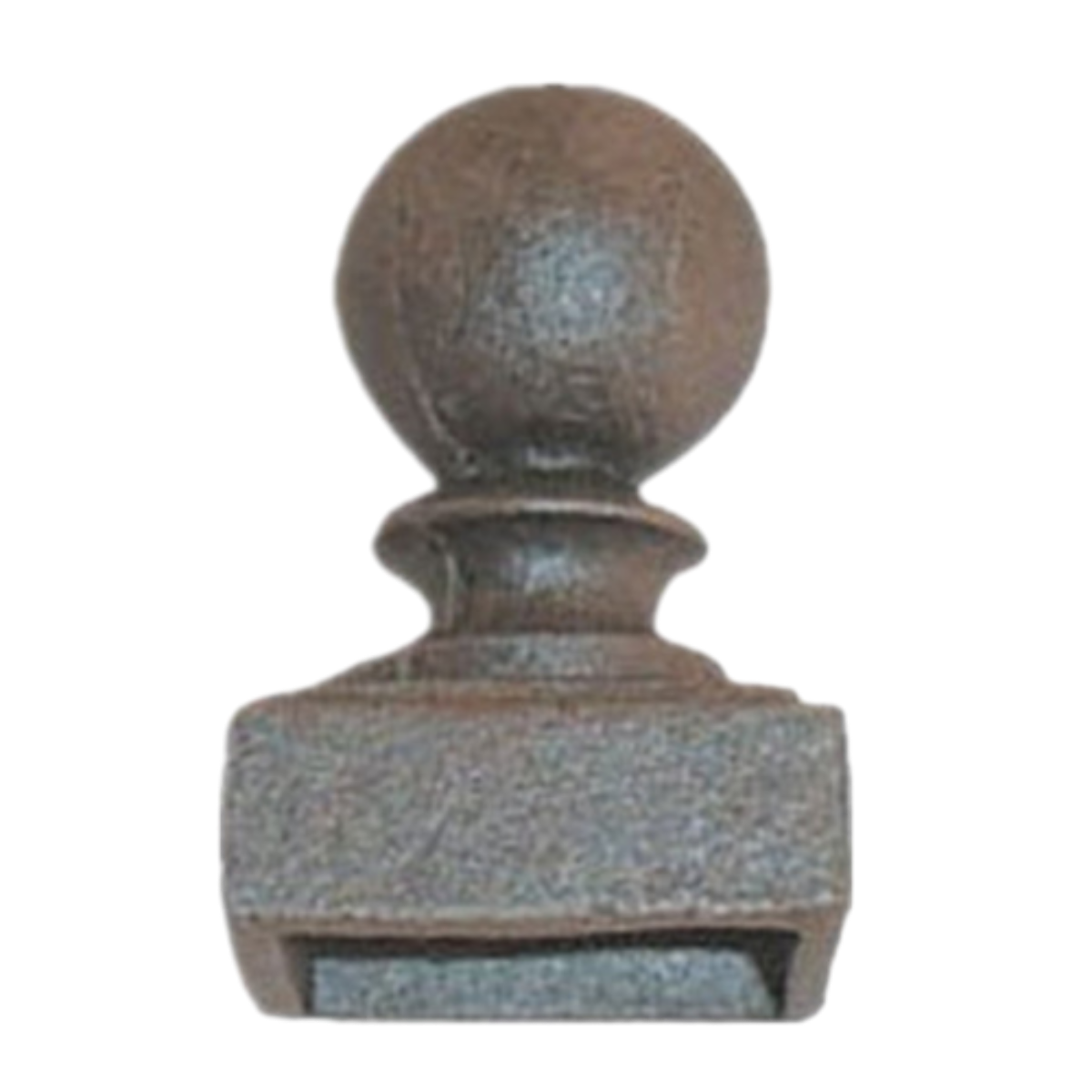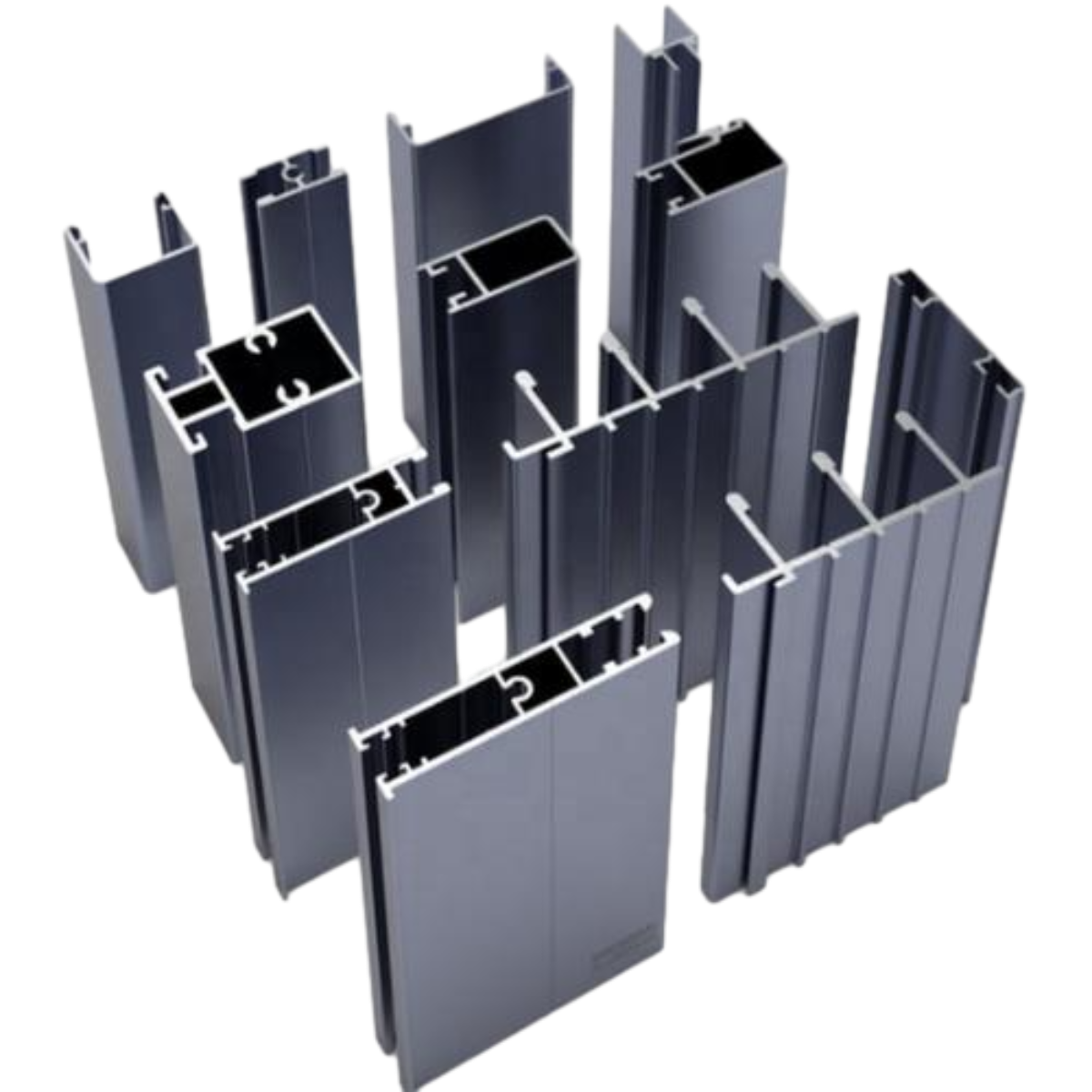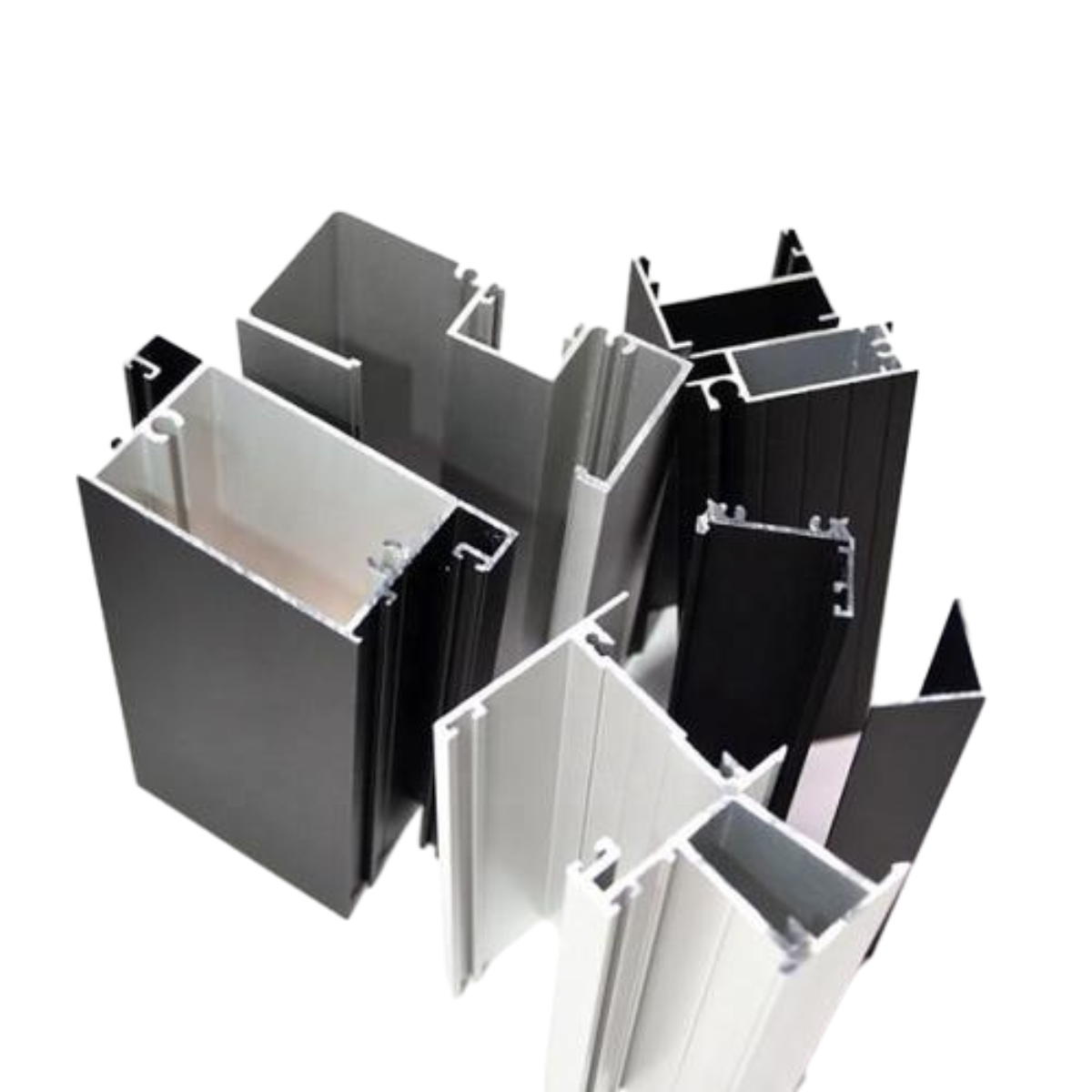juuni . 17, 2024 12:40
Back to list
Cast iron panel casting
Cast Iron Panel Casting A Comprehensive Guide
Cast iron panel casting is a complex and intricate process that involves the pouring of molten iron into a mold to create a specific shape or design. This method of casting has been used for centuries in various industries due to its ability to produce strong, durable, and heat-resistant components. In this article, we will delve into the basics of cast iron panel casting, including its history, materials, processes, and applications.
History of Cast Iron Panel Casting
Cast iron panel casting has a long and rich history, dating back to ancient times. The earliest known examples of cast iron were discovered in China and date back to around 500 BC. However, it was not until the Industrial Revolution in the 18th and 19th centuries that cast iron became widely used in manufacturing processes.
During this time, cast iron panel casting played a crucial role in the development of various industries, including construction, transportation, and machinery. Today, cast iron panel casting continues to be an essential process in many industries, particularly in the production of heavy equipment and machinery.
Materials Used in Cast Iron Panel Casting
The primary material used in cast iron panel casting is cast iron, which is a type of iron alloy containing carbon and silicon. The carbon content in cast iron can vary depending on the application, but it typically ranges from 2.5% to 4%. Silicon is also an important component in cast iron, as it helps to improve its fluidity and reduce its melting point.
Other elements, such as manganese, chromium, and nickel, may also be added to cast iron to enhance its properties. For example, adding manganese can increase the strength and hardness of cast iron, while adding chromium can improve its corrosion resistance.
Processes Involved in Cast Iron Panel Casting
The process of cast iron panel casting involves several steps, including
1. Mold Preparation The first step in cast iron panel casting is to prepare the mold. This involves creating a pattern or mold cavity using sand, clay, or other materials. The pattern is then filled with the mold material and compacted to create a solid mold.
2
2 2
2
2
2 cast iron panel casting. Melting Iron The next step is to melt the cast iron in a furnace. The iron is heated to a high temperature until it becomes molten.
3. Pouring Once the iron is molten, it is poured into the prepared mold. The mold is designed to allow the iron to flow evenly and fill all areas of the mold cavity.
4. Solidification As the iron cools and solidifies within the mold, it takes on the shape of the mold cavity. The mold is then broken open to remove the cast iron panel.
5. Finishing After the cast iron panel is removed from the mold, it may undergo further finishing processes, such as machining, grinding, or painting, to achieve the desired specifications.
Applications of Cast Iron Panel Casting
Cast iron panel casting is used in a wide range of applications due to its unique properties, including its strength, durability, and heat resistance. Some of the most common applications of cast iron panel casting include
* Construction Cast iron panels are commonly used in the construction of buildings, bridges, and other structures due to their ability to withstand heavy loads and extreme weather conditions.
* Machinery Cast iron panels are also used in the production of heavy machinery, such as engines, pumps, and compressors, due to their strength and durability.
* Transportation Cast iron panels are used in the production of vehicles, such as trains, buses, and trucks, to protect against corrosion and wear.
* Industrial Equipment Cast iron panels are used in the production of industrial equipment, such as boilers, furnaces, and reactors, due to their heat resistance and durability.
In conclusion, cast iron panel casting is a versatile and important process that has been used for centuries in various industries. Its unique properties make it ideal for producing strong, durable, and heat-resistant components for a wide range of applications.
cast iron panel casting. Melting Iron The next step is to melt the cast iron in a furnace. The iron is heated to a high temperature until it becomes molten.
3. Pouring Once the iron is molten, it is poured into the prepared mold. The mold is designed to allow the iron to flow evenly and fill all areas of the mold cavity.
4. Solidification As the iron cools and solidifies within the mold, it takes on the shape of the mold cavity. The mold is then broken open to remove the cast iron panel.
5. Finishing After the cast iron panel is removed from the mold, it may undergo further finishing processes, such as machining, grinding, or painting, to achieve the desired specifications.
Applications of Cast Iron Panel Casting
Cast iron panel casting is used in a wide range of applications due to its unique properties, including its strength, durability, and heat resistance. Some of the most common applications of cast iron panel casting include
* Construction Cast iron panels are commonly used in the construction of buildings, bridges, and other structures due to their ability to withstand heavy loads and extreme weather conditions.
* Machinery Cast iron panels are also used in the production of heavy machinery, such as engines, pumps, and compressors, due to their strength and durability.
* Transportation Cast iron panels are used in the production of vehicles, such as trains, buses, and trucks, to protect against corrosion and wear.
* Industrial Equipment Cast iron panels are used in the production of industrial equipment, such as boilers, furnaces, and reactors, due to their heat resistance and durability.
In conclusion, cast iron panel casting is a versatile and important process that has been used for centuries in various industries. Its unique properties make it ideal for producing strong, durable, and heat-resistant components for a wide range of applications.
 2
2
2
2 cast iron panel casting. Melting Iron The next step is to melt the cast iron in a furnace. The iron is heated to a high temperature until it becomes molten.
3. Pouring Once the iron is molten, it is poured into the prepared mold. The mold is designed to allow the iron to flow evenly and fill all areas of the mold cavity.
4. Solidification As the iron cools and solidifies within the mold, it takes on the shape of the mold cavity. The mold is then broken open to remove the cast iron panel.
5. Finishing After the cast iron panel is removed from the mold, it may undergo further finishing processes, such as machining, grinding, or painting, to achieve the desired specifications.
Applications of Cast Iron Panel Casting
Cast iron panel casting is used in a wide range of applications due to its unique properties, including its strength, durability, and heat resistance. Some of the most common applications of cast iron panel casting include
* Construction Cast iron panels are commonly used in the construction of buildings, bridges, and other structures due to their ability to withstand heavy loads and extreme weather conditions.
* Machinery Cast iron panels are also used in the production of heavy machinery, such as engines, pumps, and compressors, due to their strength and durability.
* Transportation Cast iron panels are used in the production of vehicles, such as trains, buses, and trucks, to protect against corrosion and wear.
* Industrial Equipment Cast iron panels are used in the production of industrial equipment, such as boilers, furnaces, and reactors, due to their heat resistance and durability.
In conclusion, cast iron panel casting is a versatile and important process that has been used for centuries in various industries. Its unique properties make it ideal for producing strong, durable, and heat-resistant components for a wide range of applications.
cast iron panel casting. Melting Iron The next step is to melt the cast iron in a furnace. The iron is heated to a high temperature until it becomes molten.
3. Pouring Once the iron is molten, it is poured into the prepared mold. The mold is designed to allow the iron to flow evenly and fill all areas of the mold cavity.
4. Solidification As the iron cools and solidifies within the mold, it takes on the shape of the mold cavity. The mold is then broken open to remove the cast iron panel.
5. Finishing After the cast iron panel is removed from the mold, it may undergo further finishing processes, such as machining, grinding, or painting, to achieve the desired specifications.
Applications of Cast Iron Panel Casting
Cast iron panel casting is used in a wide range of applications due to its unique properties, including its strength, durability, and heat resistance. Some of the most common applications of cast iron panel casting include
* Construction Cast iron panels are commonly used in the construction of buildings, bridges, and other structures due to their ability to withstand heavy loads and extreme weather conditions.
* Machinery Cast iron panels are also used in the production of heavy machinery, such as engines, pumps, and compressors, due to their strength and durability.
* Transportation Cast iron panels are used in the production of vehicles, such as trains, buses, and trucks, to protect against corrosion and wear.
* Industrial Equipment Cast iron panels are used in the production of industrial equipment, such as boilers, furnaces, and reactors, due to their heat resistance and durability.
In conclusion, cast iron panel casting is a versatile and important process that has been used for centuries in various industries. Its unique properties make it ideal for producing strong, durable, and heat-resistant components for a wide range of applications. Prev:
Next:
Latest news
-
Why Choose Cast Iron for Your Next Project?NewsApr.27,2025
-
Timeless Charm of Cast Iron Decorative ElementsNewsApr.27,2025
-
Wholesale Cast Iron Products: A Growing Trend in Home and Garden DécorNewsApr.27,2025
-
The Advantages of Using Ornamental Cast Iron Parts in Your Design ProjectsNewsApr.27,2025
-
Why Ornamental Iron Castings Are Essential for Timeless DesignNewsApr.27,2025
-
The Elegance and Durability of Ornamental Cast Iron PanelsNewsApr.27,2025















